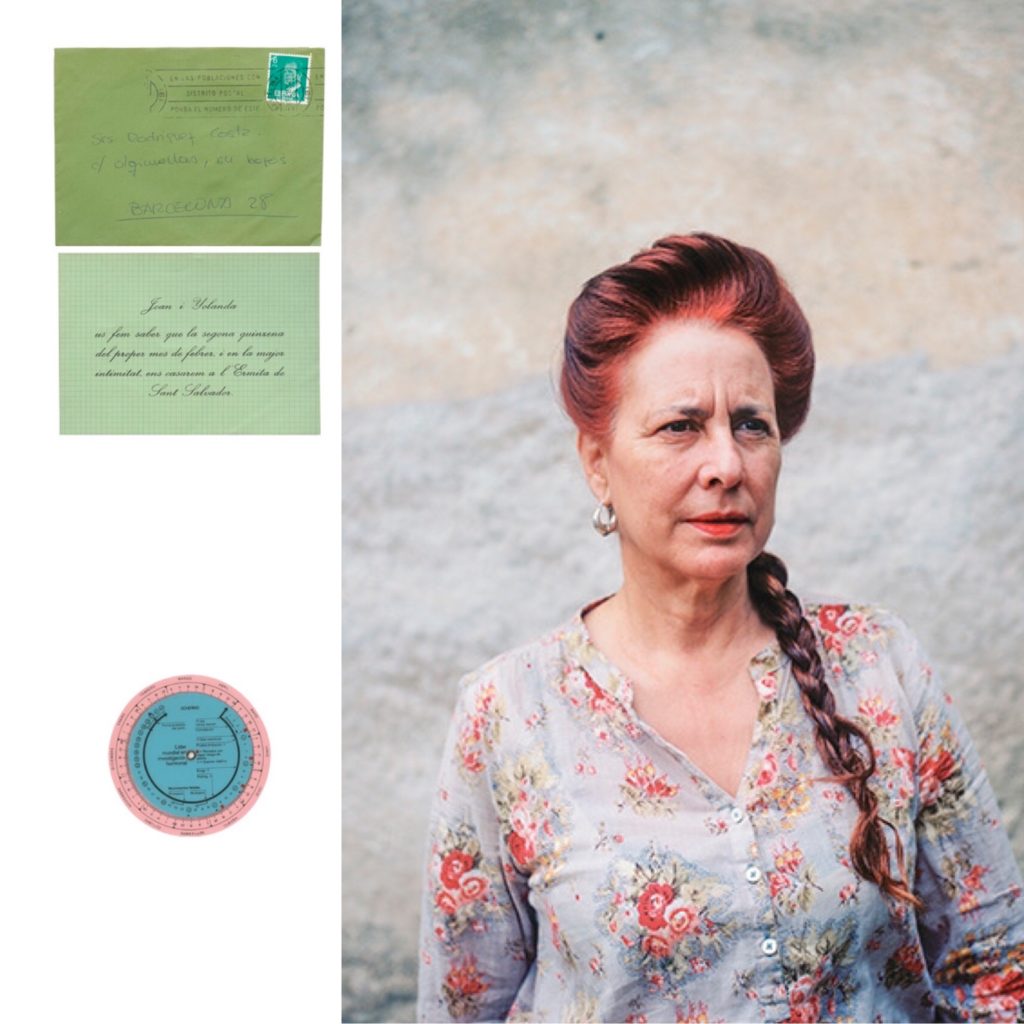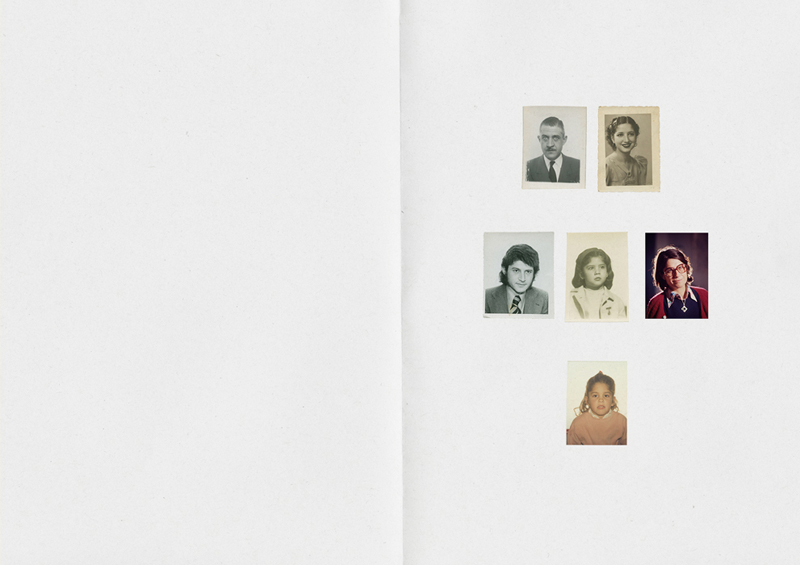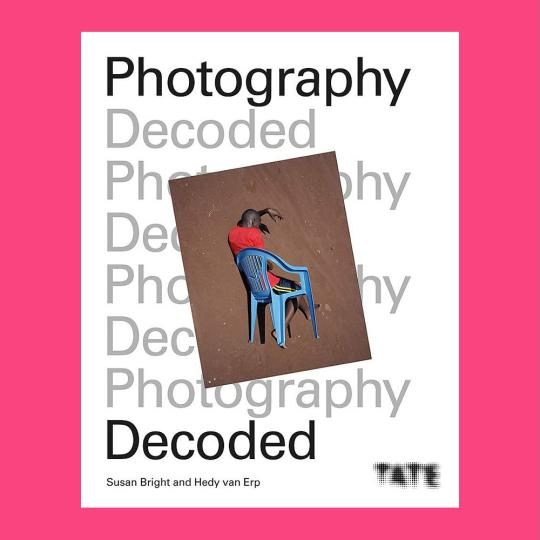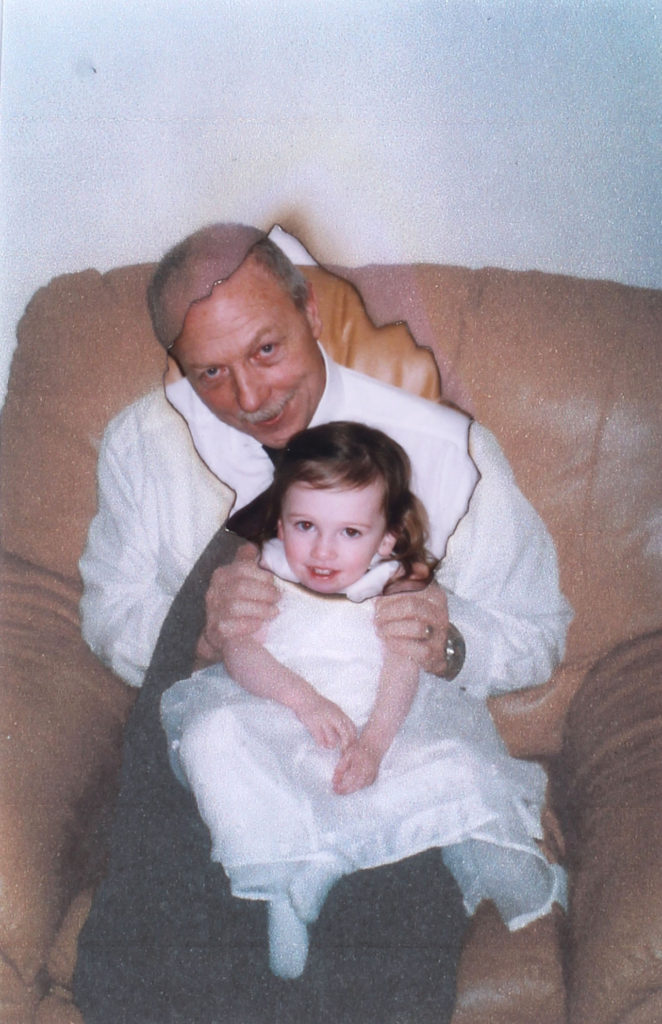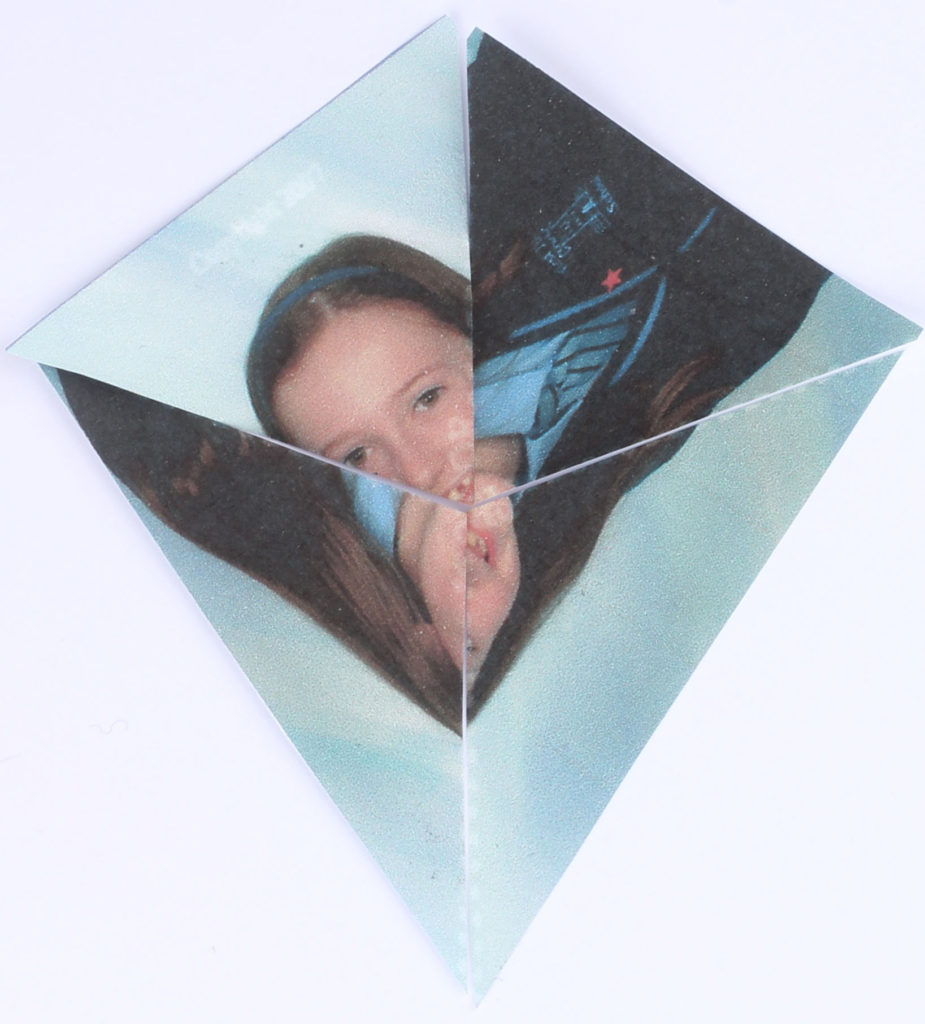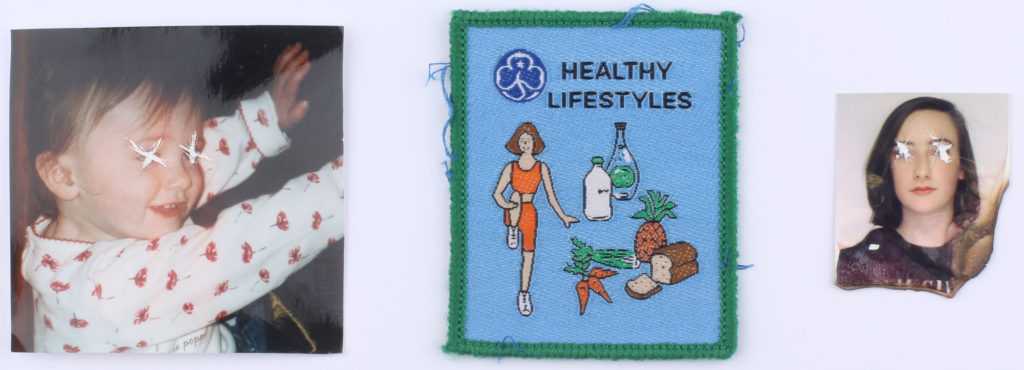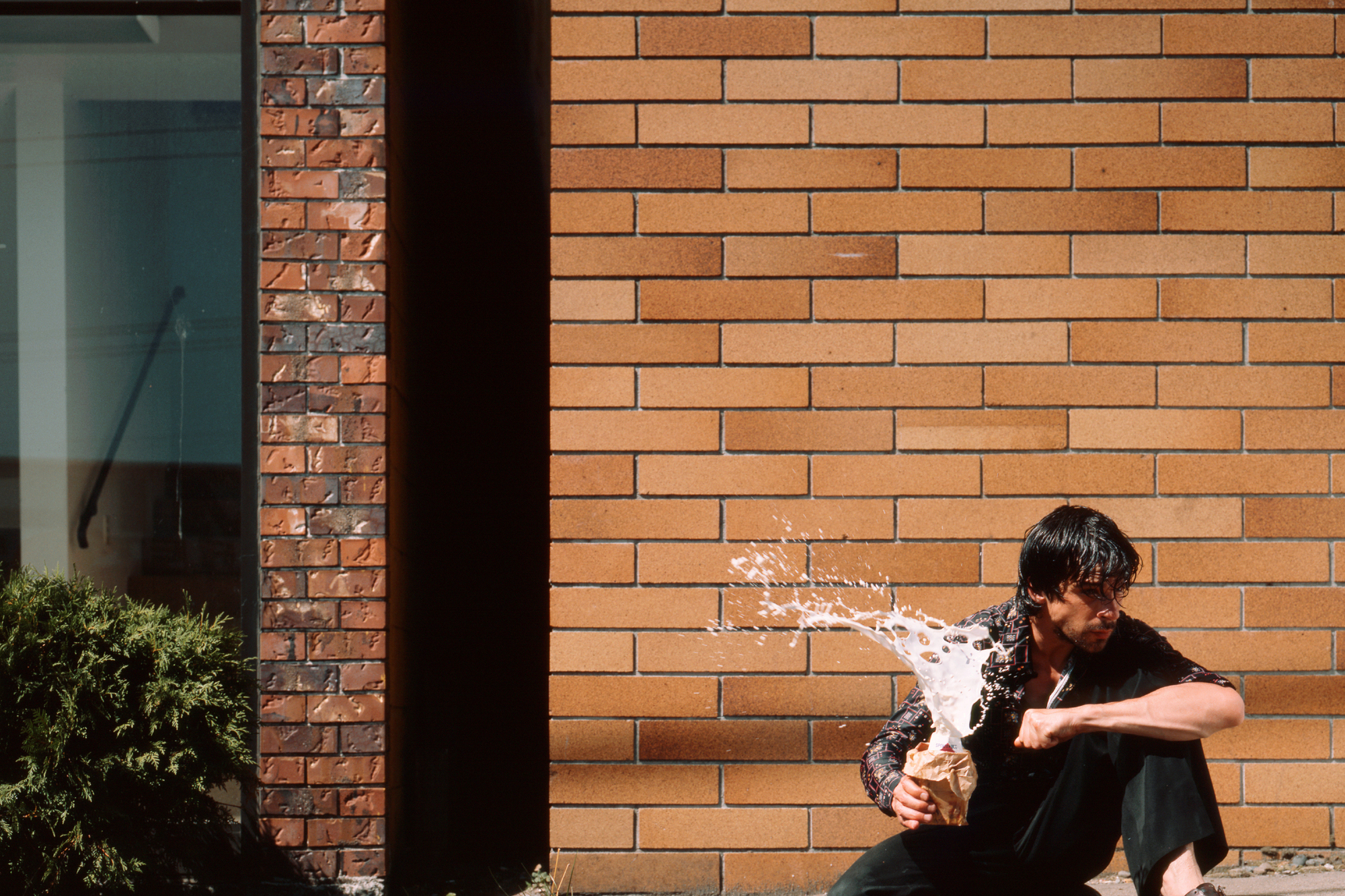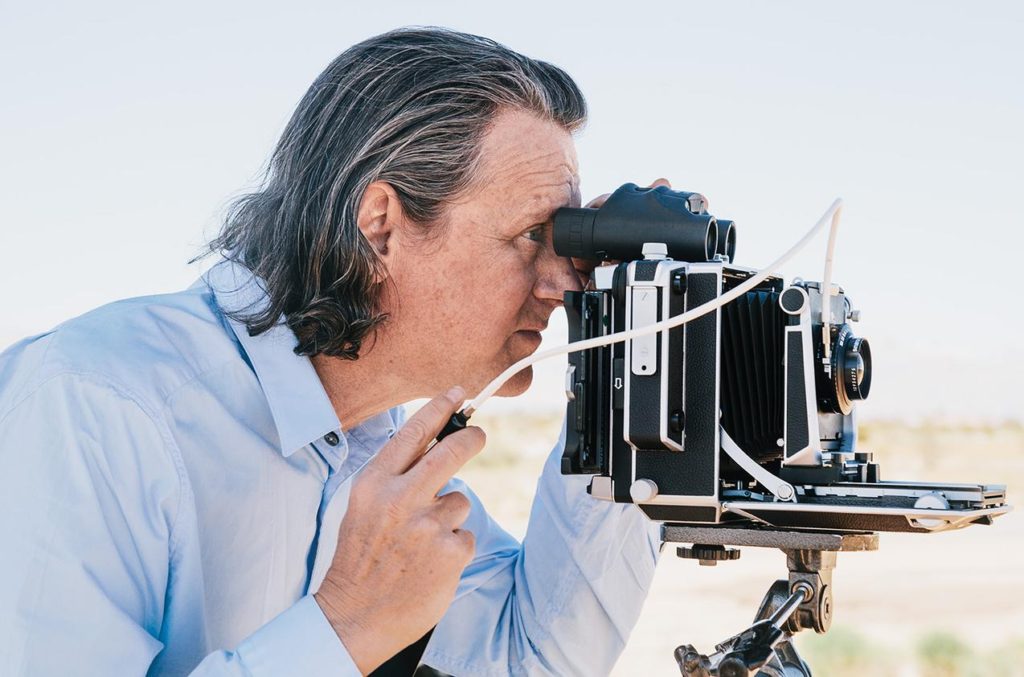Dave Campany’s booked is called ‘So present, so invisible, Conversations on Photography’ it includes interviews with world-class photographers. The interview I am going to discuss is with Paul Graham a British fine art and documentary photographer. He has lived in New York since 2002, so a large majority of this work is based in America but he has projects based in Northern Island after the famous ‘Bloody Sunday’ in 1972 as well as a project called A1 which is based on the Longest marked road in the UK. This most recent work ‘A Shimmer of Possibility’ based in America is a sequence of edited images of everyday street life. When he was emerging as a photography colour photographer was beginning to make and appearance in the industry. In his interview he was saying how it was hard as an artist to break out of the cycle of black and white photography. ‘ I don’t want to call it radical but some found it so,’ clearly the audience and some artists at the time were threatened by evolving technology, which made it harder to introduce colour. ‘You can use the beauty of the landscape to seduce people into engaging with a picture they normally wouldn’t look at,’ I picked this quote because this is the basis of excellent photograph it’s all about capturing such a powerful image that people can’t help but look at it. The whole idea of attracting more than just one audience is a way to stretch yourself as a photographer by being able to take an image that has more than one simple concept. When discussing his style and how it can be seen as controversial he uses this metaphor, ‘you don’t call cooking with ingredients that came from the garden documentary cooking, it’s just cooking’. He saying that photography is a broad creative subject which has no rules, it’s all about capturing in the moment through observation just because he doesn’t stage or plan this photos doesn’t mean their aren’t part of medium.
Graham doesn’t says his in his interview but I found it powerful, ‘Perhaps instead of standing at the river’s edge scooping out water, it’s better to be in the current itself, to watch how the river comes up to you, flows smoothly around your presence, and reforms on the other side like you were never there.’

Most of Graham’s images are of interest to me but this one of the most striking. I love the overall simplicity of this photo, yet it’s contextual depth. The main focal point is how their is only black people present, the odd thing to me is that they all seem to be very comfortable in such a public environment. Conceptually, I think this photo is displaying how idotic prejudice views are about the black community. In the photo Graham portrays the subjects reading newsapers crossing the road, chatting, all normal acts. Some white people hold the view that black people are constantly out in public causing trouble, this image challenges this racist view. He uses natural daylight to capture this untempered image. It is neither under or over exposed which is a hard skill considering he works under low control situations that require a steady hand and quick eye. He uses a medium lens inorder to capture the setting as well as a fast shutter speed to avoid motion blur. The photo has very dull colours giving it a cold temperature with the greys and blues. The Pepsi van, the mans hat, the womens jacket, the post she is leaning against all work together as a spetrum of different shades of blue, creating harmony within the colours. There is a combination of textures, the uneven and cracked pavement, the smooth road tarmac, these opposites create constrast between the surfaces. The lack of repetition is what makes this a candid image, its raw and unplanned, creating an authentic documentary style photo.



